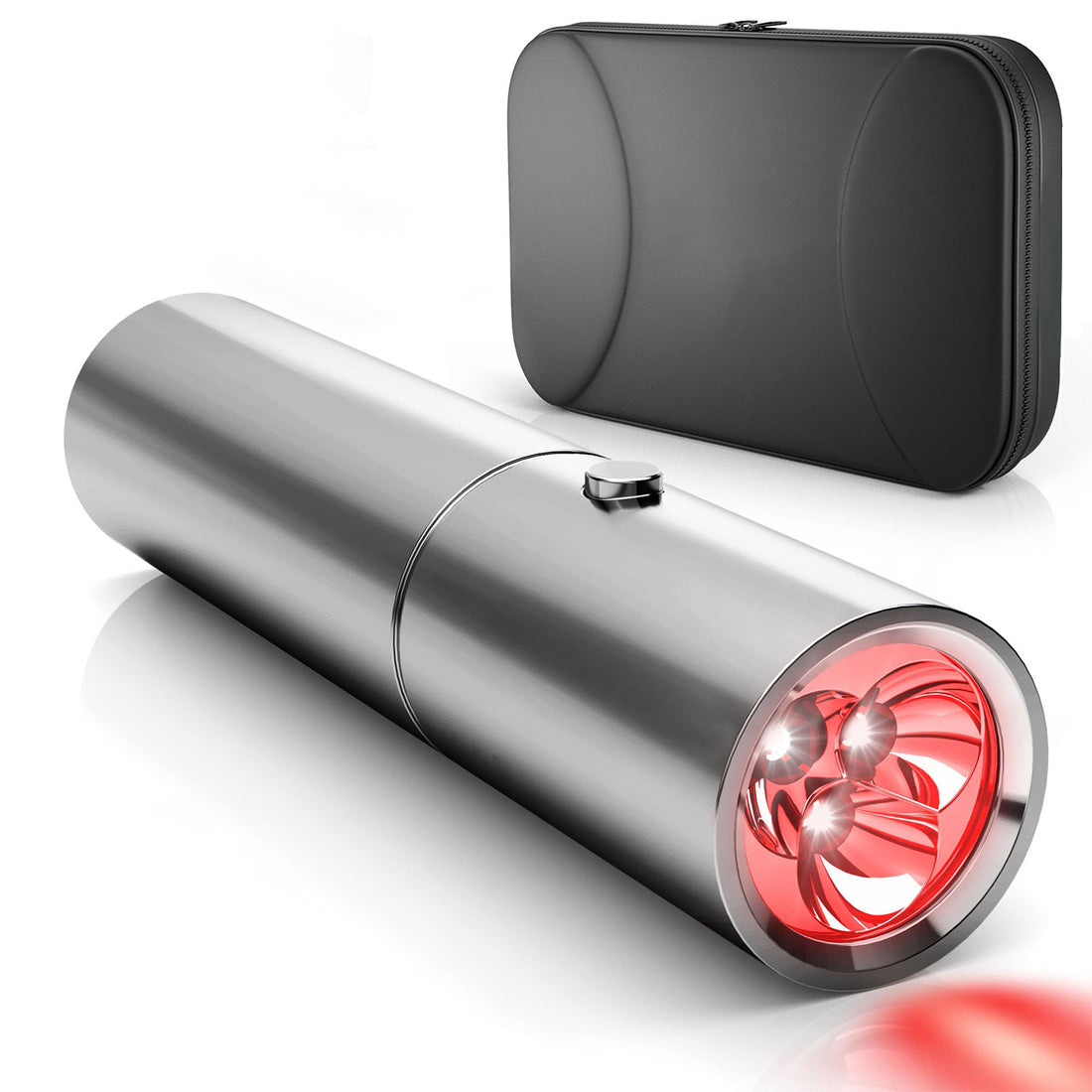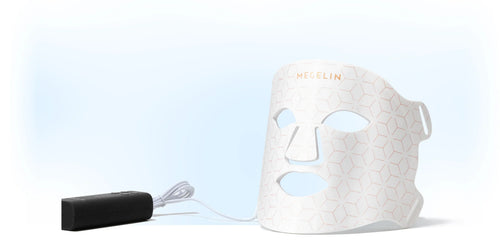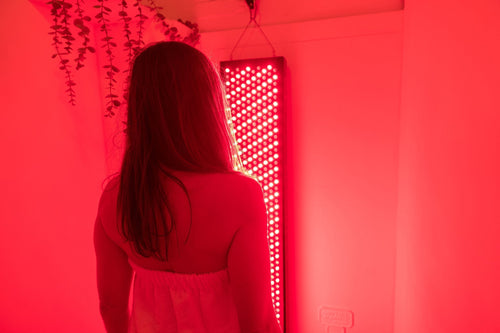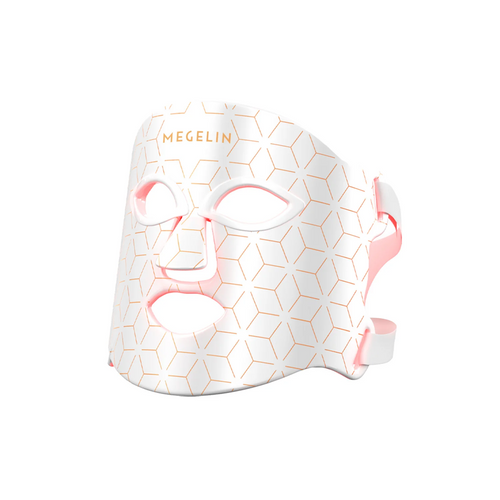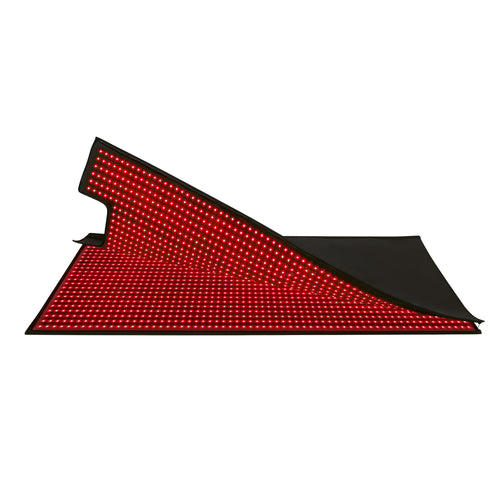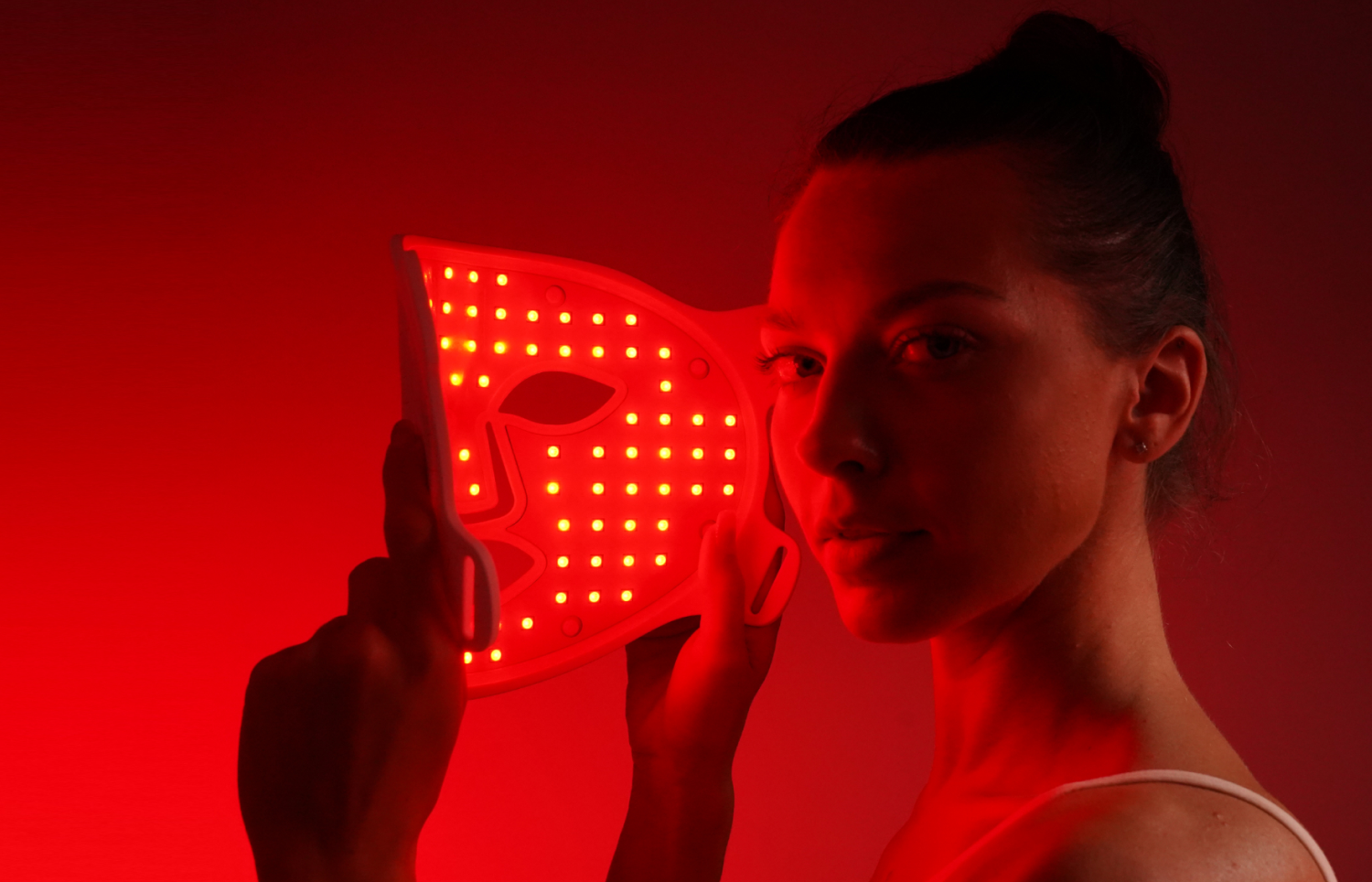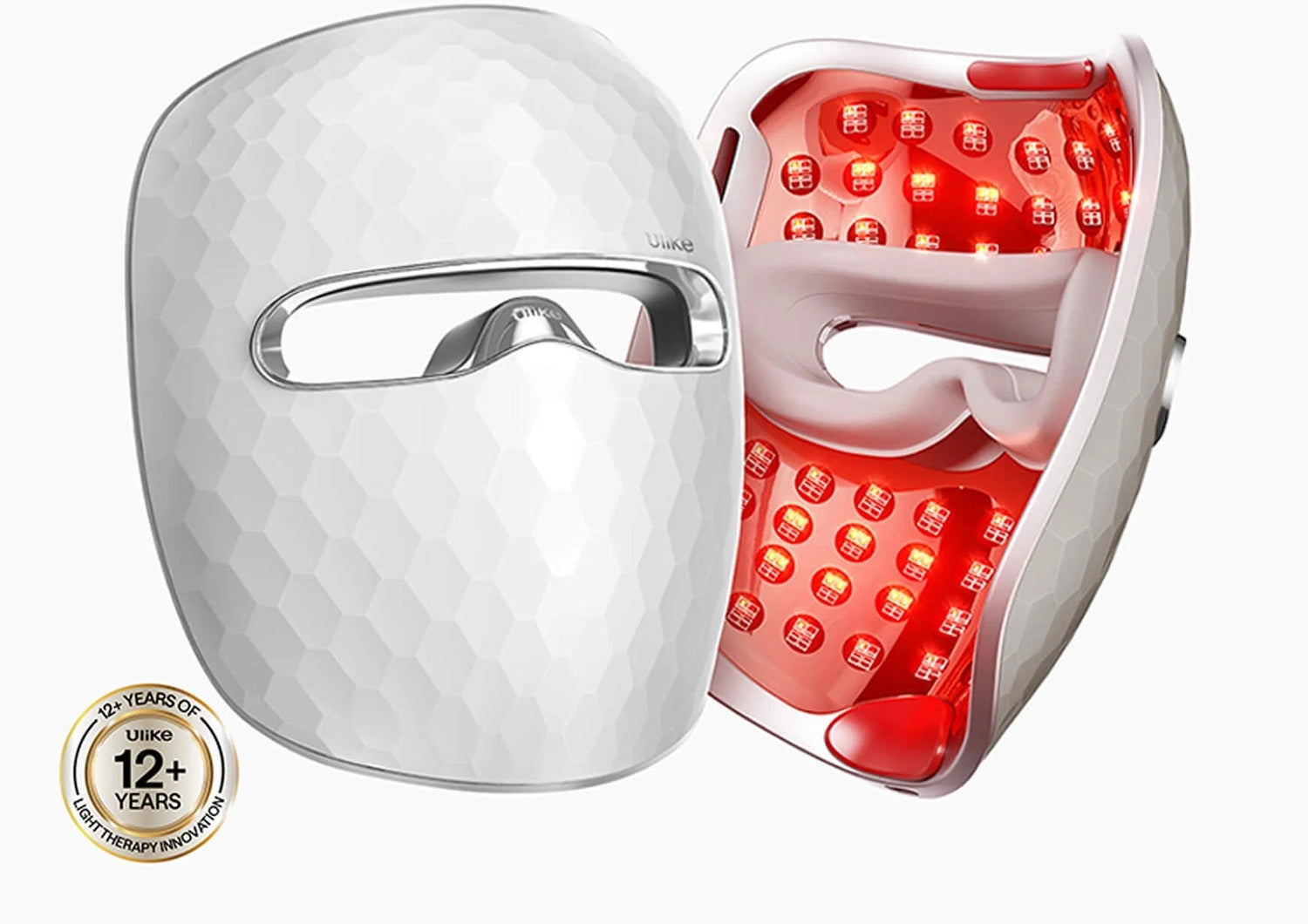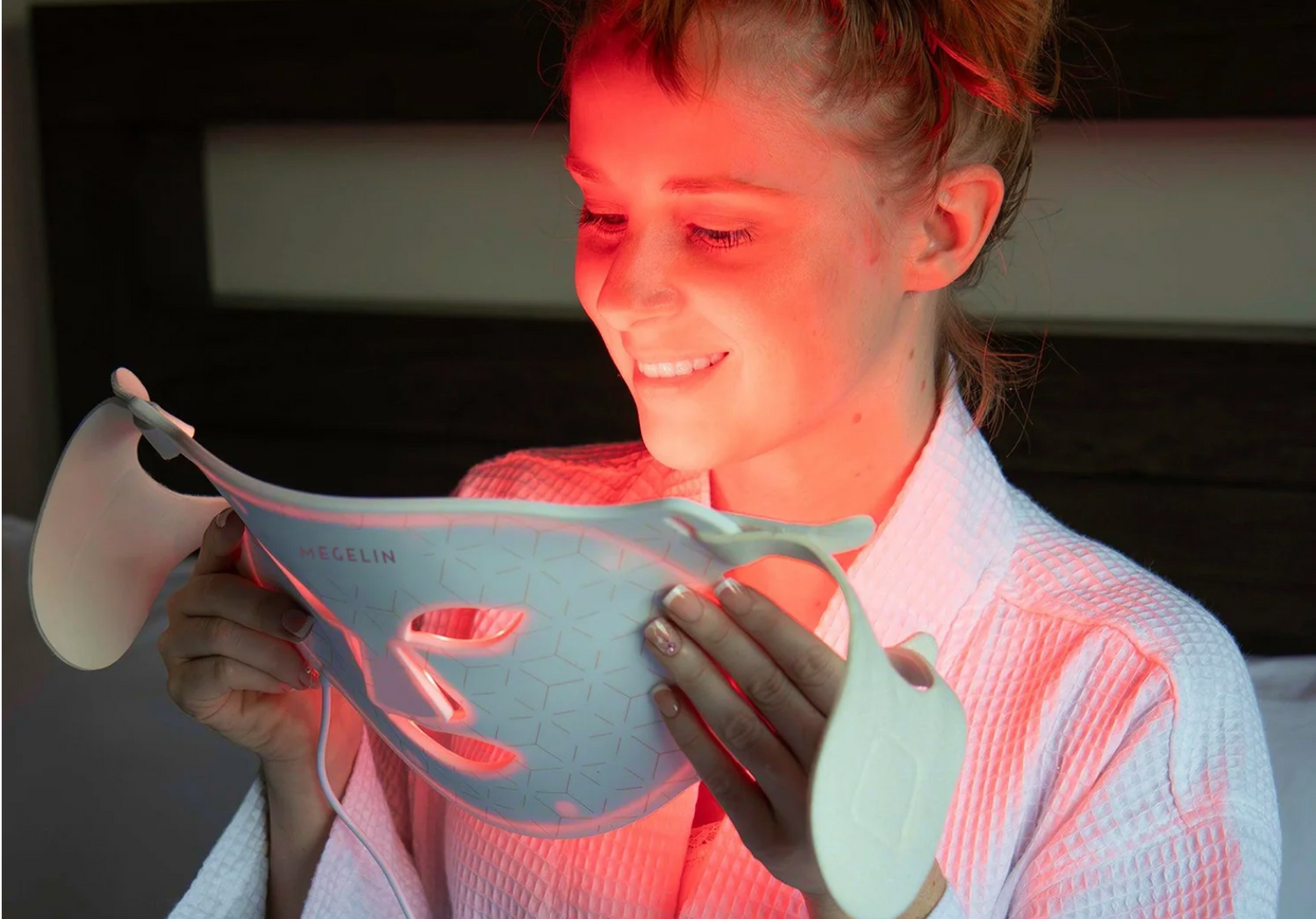
Does Red Light Therapy Work for Wound Healing? How It Benefits
Wounds can take time to heal—sometimes too long. People are turning to red light therapy for wound healing as a safe and non-invasive method to speed up recovery. But does red light therapy really work for wound healing so well?
Let’s explore the science, best practices, and how to get the most out of this innovative healing method.
Red Light Therapy Can Help Accelerate Wound Healing
Yes, red light therapy (RLT) can help promote faster wound healing.
RLT uses low-level wavelengths of red and near-infrared light to stimulate cellular activity beneath the skin. These wavelengths penetrate tissues and help the body:
- Boost ATP (cellular energy) production
- Stimulate collagen synthesis
- Reduce inflammation
- Enhance circulation
These processes are all essential for wound repair. RLT can promote skin and underlying tissue regeneration more quickly and naturally.
What Light Wavelength Works Best for Healing?
You may wonder, the specific wavelengths of light that work best for wound healing. It has been scientifically validated 810nm light therapy supports various stages of healing, and work better than others:
- Red light (630–660nm): Effective for surface-level skin repair, reducing redness, inflammation, and promoting new tissue formation.
- Near-infrared light (810–850nm): Penetrates deeper into tissues, ideal for addressing muscle, joint, and bone healing, as well as more stubborn or chronic wounds.
Research-backed Insight:Within this range, 810nm is often highlighted as particularly effective for promoting wound healing. A study published by the National Institutes of Health (NIH) reported that treatment with 810nm light led to significant wound area reduction, enhanced collagen accumulation, and complete re-epithelialization — all essential components of tissue regeneration.📖 Read the full study here
For the best results, many devices now combine both red and near-infrared wavelengths to deliver full-spectrum healing benefits, making them a superior choice for at-home therapy.
Are There Any Side Effects?
Red light therapy is generally safe, non-invasive, and drug-free. It doesn’t burn the skin or cause pain. Most users experience no side effects at all.
In rare cases, people with very sensitive skin may feel slight warmth or temporary redness after sessions, but these effects are mild and short-lived. Always follow the manufacturer’s usage instructions and avoid overuse.
If you have medical concerns or use photosensitive medications, consult your healthcare provider before starting RLT.
How Long and How Often to Use Red Light Therapy for Wound Healing
Consistency is key. The time and frequency depend on the wound and the device’s output strength, but general guidelines include:
- Session duration: 10–20 minutes per area
- Frequency: 3–5 times per week
- Timeline: Many users report visible improvement after 1–2 weeks. Chronic wounds may require longer treatment over several weeks.
Ensure the device is placed close to the wound without direct contact. If necessary, please wear protective eyewear when using.
Best Red Light Therapy Devices for Wound Healing
Looking for the best red light therapy for wound healing? Here are our top picks based on wavelength range, usability, and effectiveness:
1. Best Mini RLT Device
2. Best Full Body Recovery Device
Conclusion
If you're dealing with slow-healing wounds, red light therapy offers a promising solution. It is proven by science and has growing user success stories. From enhancing skin regeneration to supporting bone healing, RLT works on a cellular level, and accelerates recovery naturally and gently.
For those seeking a drug-free, non-invasive option that promotes healing from the inside out, red light therapy is worth trying. Start small, stay consistent, and always use a reliable device tailored to your specific needs.
